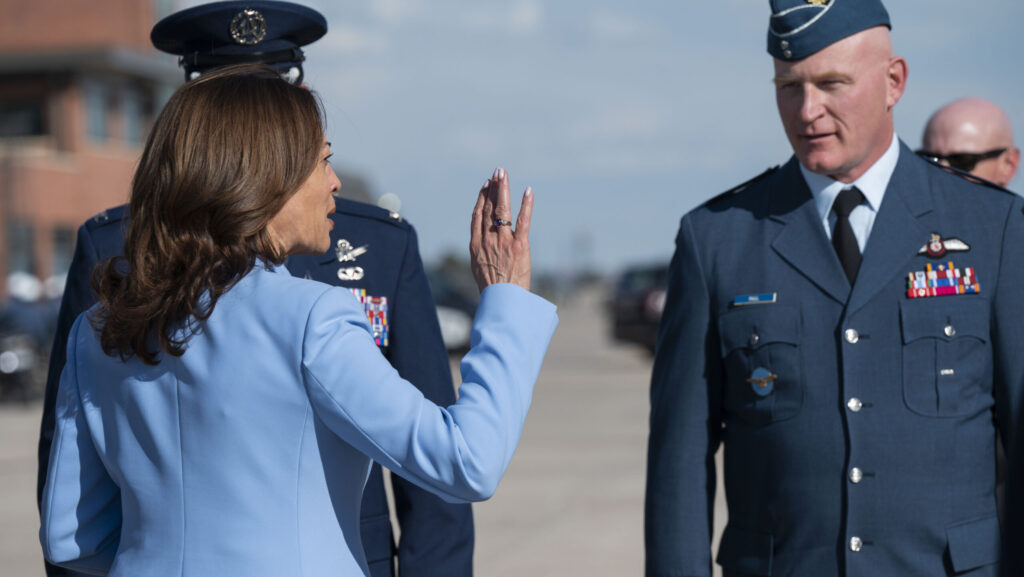Are the USMC and the USN viewed as competitors? Arguably, yes. Although it is recognized that nobody can go it alone I find it difficult to discern a common course of action. The Sea Services are debating uncrewed and crewed, surface and sub-surface, air power and amphibs. The Marines are debating tanks and howitzers, stand-in forces and expeditionary forces, rotary wing employment.
The Army is acquiring sub-orbital munitions. It too is struggling with the role of Drones in all terrains and environments. It is looking at reneging on its USAF agreement to build its own manned fixed wing ISR fleet.
Command and Control systems are works in progress.
Traditional weapons suppliers are protecting their iron rice bowls.
The Special Ops community is proceeding with it fleet of crop dusters.
....
I suggest that there is a lot of flux in the aether at this time and a whole lot of competing visions as to how the next decade is going to play out.
Even when everybody was working from the one hymn book competition occured.
Do we have the ability to co-ordinate a Division with our own resources? Even if that means taking under command a lot of allied resources?
Whether we, or the Aussies, served under/with I, III, V, VII or XVIII Corps, the USMC, JSDF or JEF.
Good to hear. I have been following that with interest. I look forwards to hearing that we have supplied a Brigade to 11th Airborne.
Reference North Pole. Left of Arc - Attu. Right of Arc - Nordkapp.
I understand the Latvian commitment. It seems like it is taking a lot of time and effort to achieve that and doesn't seem to leave a lot of bandwidth left over for any other tasks.





